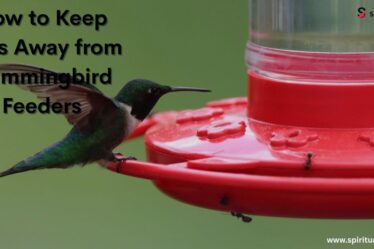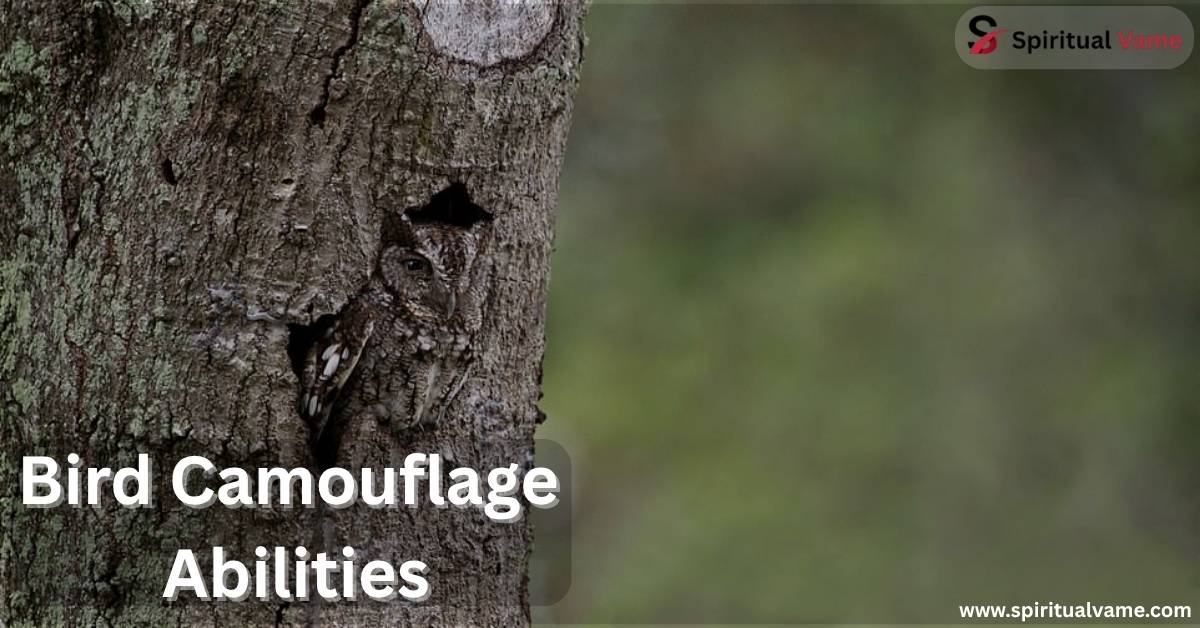
Bird camouflage abilities help birds stay safe in the wild. Many birds hide in plain sight by blending into their surroundings. Their feathers match the colors of trees, leaves, or even snow. This helps them avoid predators and keep their young safe. Some birds change colors with the seasons. Others stay still to stay hidden. Camouflaged birds are hard to see, even when they are right in front of us. Bird camouflage abilities are important for nesting, feeding, and survival. These tricks work well in forests, deserts, and backyards. In this article, we’ll explore bird camouflage abilities and how different birds use them to live and stay safe in nature.
Analysis of Bird Camouflage Abilities
Bird camouflage is a brilliant example of natural selection at work. Every feather pattern and behavior serves a purpose. Some birds use disruptive coloration, with spots and stripes breaking up their outline, while others use background matching to mimic leaves, bark, or even snow. This is especially true in species like the Willow Ptarmigan, which changes its feather color depending on the season—a clever case of countershading and seasonal changes at play. These strategies make birds harder to detect, increasing their survival strategy and ensuring reproductive success.
Behavior matters too. A bird that stays completely motionless can vanish from sight, even in plain view. You’ll see this in herons, bitterns, and nightjars, which freeze when threatened. Others choose safe nesting sites, like thick vines or dense shrubbery, keeping their chicks and nestlings out of sight. Camouflage also plays into mating behavior—some sexually dimorphic species have brightly colored males for courtship, while females keep subdued tones to hide during incubation. That’s no accident. It’s all part of the bird’s plan to live another day, raise healthy young, and keep predators guessing.
1. Green Broadbill
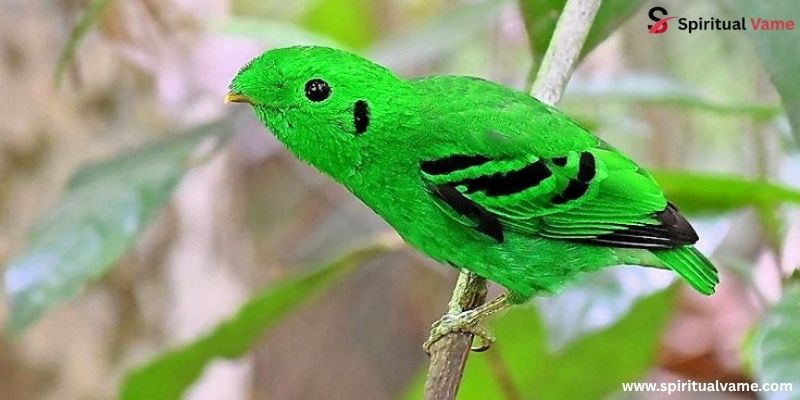
Found in the dense lowland forests of Sumatra, Borneo, and Malaysia, the Green Broadbill is a master of leafy camouflage. With bright green, umbrella-like feathers that mimic the look of leaf-like plants, it often sits completely motionless, making it almost invisible in the shadows. Despite its vivid color, it blends perfectly into the thick jungle where sunlight filters unevenly through the canopy. This bird is small, but its camouflage power is impressive.
It stays hidden from both predators and prey by keeping still and using the dappled light of the forest to its advantage. The Green Broadbill doesn’t rely on nests in open view; instead, it tucks them into dense foliage, helping protect its young from danger. Its strategy of hiding in plain sight is one of the finest in the bird world.
2. Eastern Screech Owl
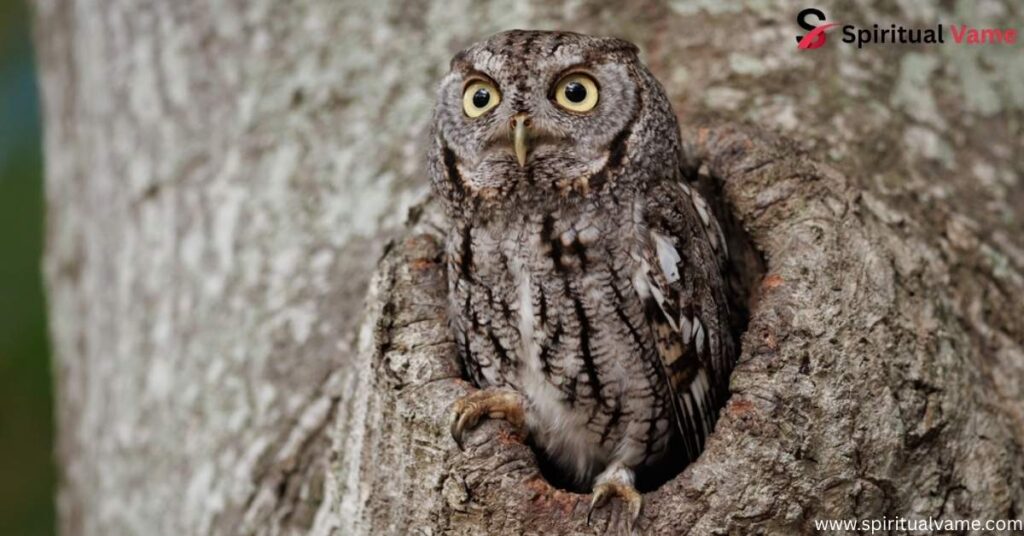
Living across the US, especially near the Rockies, the Eastern Screech Owl comes in shades of gray or reddish-brown, depending on its environment. These birds are experts at hiding in tree barks and cavities, using their coloration to mimic the textures and tones of tree trunks. You could stare directly at one sitting in a hollow and not even realize it’s there.
They use this camouflage not only to avoid larger birds like hawks but also to surprise prey such as insects and small mammals. These owls don’t build visible nests—instead, they nest in hidden holes or old woodpecker cavities, keeping eggs and fledglings protected and out of sight.
3. Himalayan Snowcock
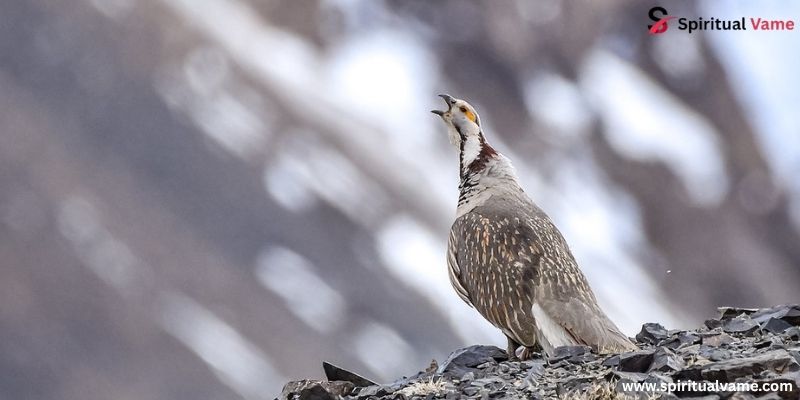
The Himalayan Snowcock, found in the Himalayas and the Ruby Mountains in Nevada, is a bird built for the mountains. Its gray and orange-brown feathers blend effortlessly into the rocky, snowy cliffs it calls home. It lives in some of the harshest terrains, often surrounded by snow and stone, yet remains nearly invisible.
This bird uses its camouflage to avoid large eagles that patrol the skies. By sticking close to the terrain and moving little, it avoids drawing attention. Its cryptic plumage offers a brilliant example of nature designing the perfect disguise.
4. Egyptian Nightjar
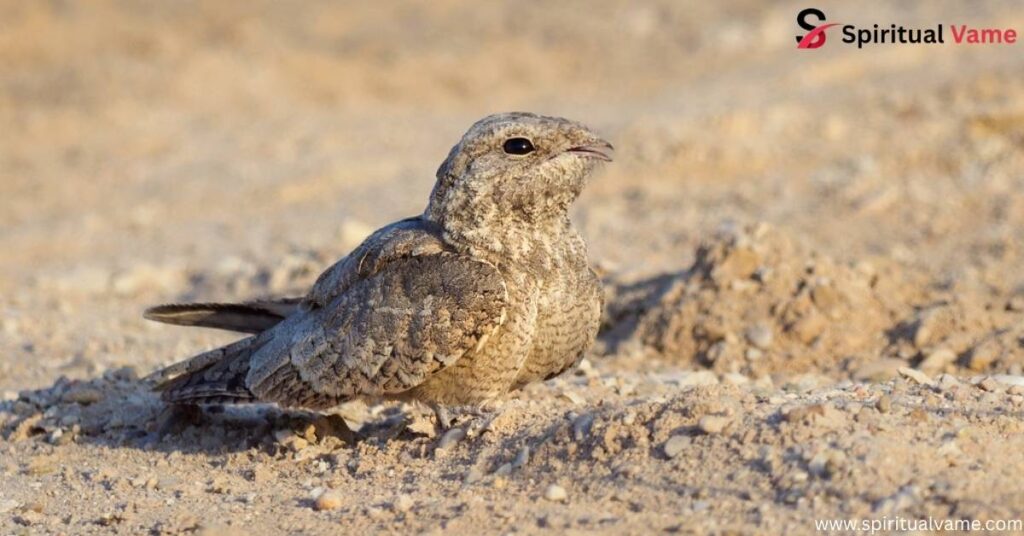
In Europe, North Africa, and Southwest Asia, the Egyptian Nightjar disappears in sandy deserts. Its brown streaked feathers perfectly match the dust and pebbles of its habitat. During the day, it lies completely flat on the ground, avoiding any movement that might give it away.
Because this bird is active at night, it spends the daylight hours in vulnerable spots. But thanks to its expert camouflage and stillness, it stays out of sight from predators like snakes, foxes, and birds of prey.
5. American Bittern

The American Bittern, a type of heron, is one of the best examples of swamp camouflage. Found in marshes across the US, Canada, and Central America, its long, streaked body mimics the vertical reeds and grasses it hides in. When danger is near, it freezes, pointing its beak skyward and swaying with the wind, becoming almost impossible to see.
This unique behavior helps it stay hidden from predators like raccoons and eagles. It nests low in the vegetation, and its juveniles have similar muted colors to help them blend in during their early vulnerable days.
6. Fox Sparrow
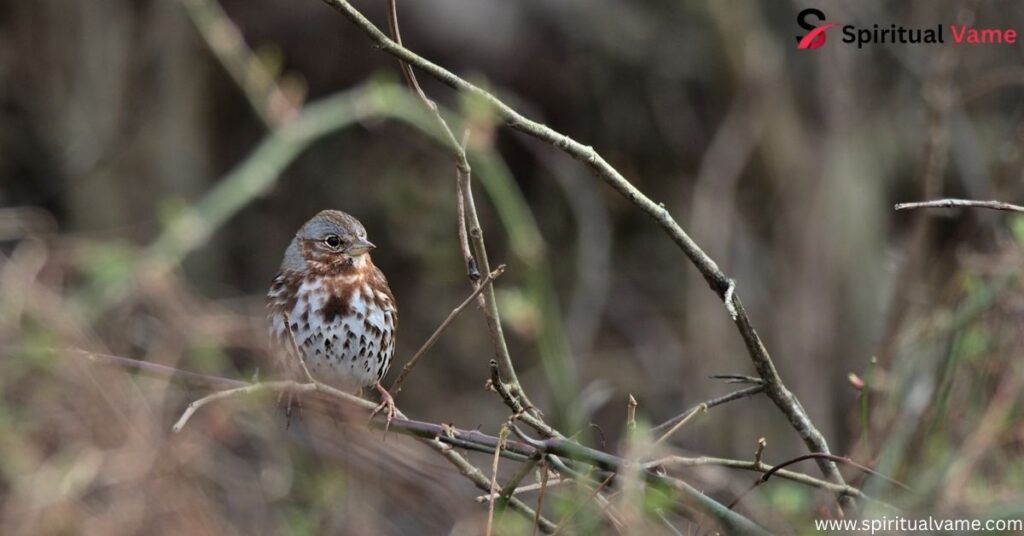
With its streaky, brown plumage, the Fox Sparrow disappears into leaf litter and forest floors. Often seen foraging among fallen leaves, it’s hard to spot until it moves. These birds prefer thickets and dense shrubs, areas that give both food and cover.
They build nests in low bushes, staying close to the ground. Their camouflage is key to protecting young, especially since they feed on the forest floor, where they’re easy prey if seen.
7. Eastern Towhee
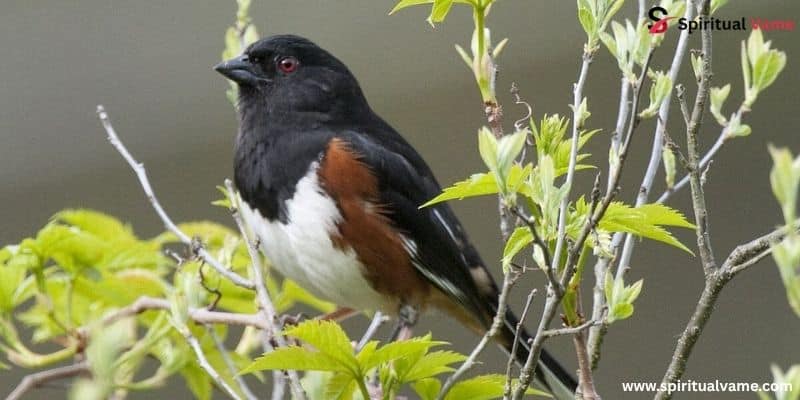
The Eastern Towhee stands out in part of its range, with black and orange feathers, but when it’s among shrubbery and dried leaves, it blends in surprisingly well. It forages by scratching at the ground, making it hard to detect unless you’re watching closely.
It uses subdued coloring and shadows to its advantage. Nesting near the ground in thickets, its females and juveniles have even duller colors to stay safe from predators.
8. Willow Ptarmigan
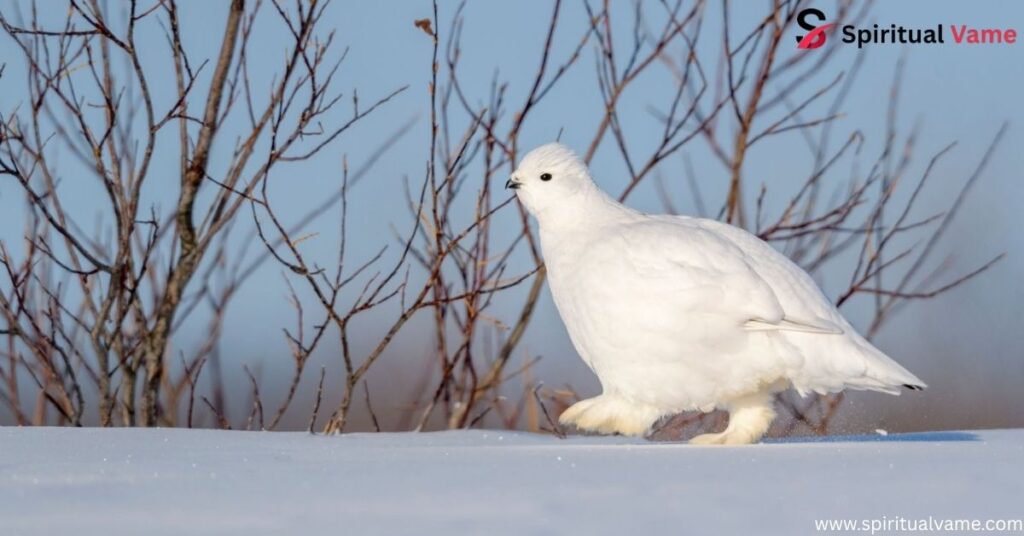
In a winter landscape, few birds disappear better than the Willow Ptarmigan. Its seasonal molting allows it to wear pure white feathers in snow and brown mottled ones in summer. This ability to change with the seasons makes it one of the most impressive camouflagers.
Its nests are often on open tundra, and without any trees or shrubs to hide behind, its best defense is looking exactly like its background.
9. Great Gray Owl
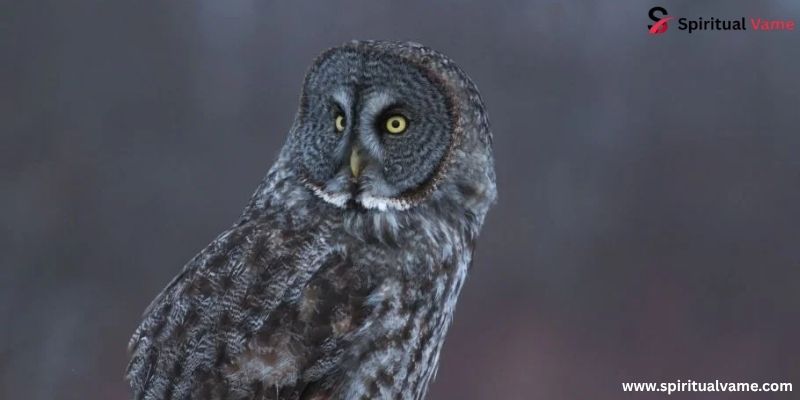
The Great Gray Owl is a massive bird, but in wooded habitats, its gray, striped plumage blends effortlessly with tree trunks. Found in North America’s boreal forests, this owl remains incredibly still and silent.
It uses calls and songs to communicate, but when hunting or hiding, it becomes a statue. This bird’s camouflage helps it hunt mice and rabbits while avoiding larger predators.
10. European Robin
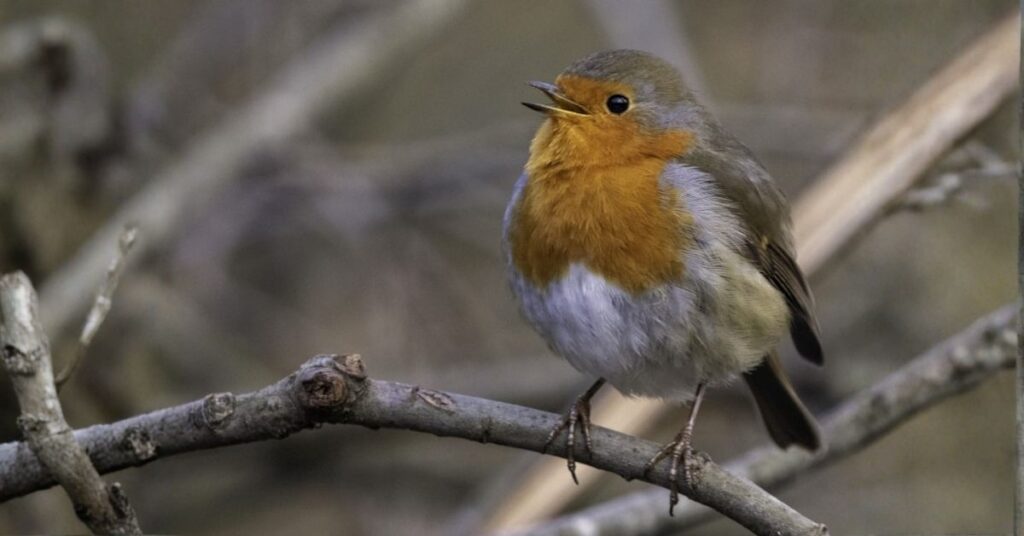
The European Robin, known for its reddish chest, still manages to hide quite well. Found in thick gardens and woods, it uses its small size and muted back feathers to vanish into underbrush.
Though not as hidden as some birds, it relies on subtle movements and staying low in vegetation to avoid being spotted. Its juvenile form lacks the red chest, showing how camouflage helps the young more than the adults.
11. Woodcock Brown
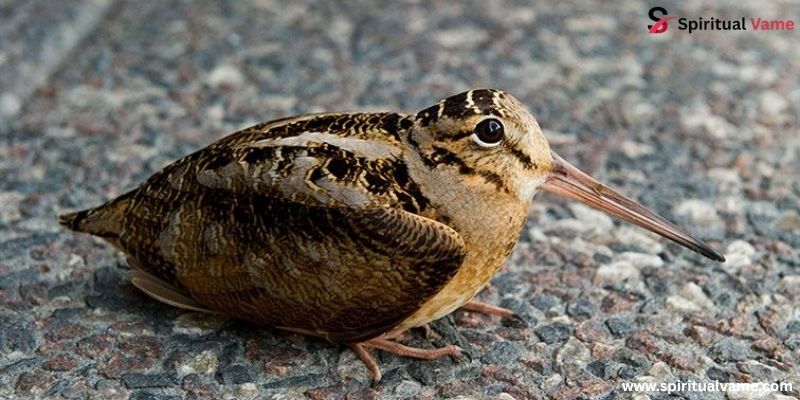
The Woodcock Brown is a ground-dwelling bird with speckled, brown feathers. It hides in leaf litter, staying motionless until it flies up with a burst of sound to scare off predators. Its cryptic pattern is a perfect match for the forest floor.
Nesting among fallen branches and twigs, it relies heavily on its disguise to keep eggs and chicks safe. A casual hiker could walk right by a nesting woodcock and never know.
12. Isabelline Wheatear
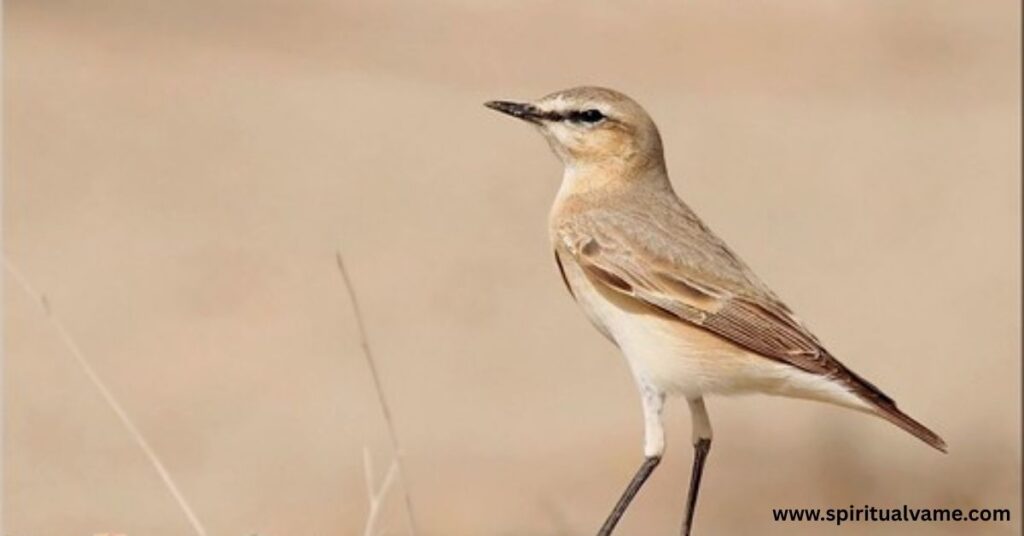
This bird lives in open plains and sandy areas, where its pale brown feathers blend in smoothly. The Isabelline Wheatear doesn’t use thick cover—instead, it relies on the desert’s colors to hide.
Even though it perches in open view, its subtle shades and stillness make it hard to notice. This bird proves that even in exposed spaces, camouflage can still work wonders.
Which 4 types of birds use the most camouflage?
Among the many camouflaged birds, the American Bittern, Willow Ptarmigan, Egyptian Nightjar, and Brown Creeper are true masters. The Bittern mimics reeds, the Ptarmigan changes with the seasons, the Nightjar blends into sand, and the Creeper becomes one with tree bark. These birds represent the extreme of evolution’s handiwork, with every feather built to deceive.
Each one uses its habitat, behavior, and plumage to stay out of sight. They are nearly impossible to see without movement, proving just how effective bird camouflage can be when perfected over generations.
Do birds use camouflage?
Yes, birds use camouflage—and not just a few. It’s a critical skill for predator avoidance, successful breeding, and raising young. From ducks nesting in tall grasses to owls roosting against tree bark, camouflage is everywhere in the bird world. It’s not limited to color—behavior like staying motionless or nesting in hidden places adds to the disguise.
Even in your backyard, birds like the Brown Thrasher and Chickadee use shadows, brush, and strategic movement to stay hidden. So the next time you go birdwatching, bring your binoculars, stay quiet, and keep an eye on the environment. You might be surprised how many birds are hiding right in front of you.
Conclusion
Bird camouflage abilities are one of the most amazing survival tactics in the natural world. These birds don’t just blend into their environment—they become a part of it. From the snowy Willow Ptarmigan to the desert-dwelling Egyptian Nightjar, each bird shows us how evolution fine-tunes even the tiniest feather for the biggest advantage.
Understanding camouflaged birds & how they hide adds a whole new layer to birding. It teaches us to look deeper, appreciate details, and respect how wildlife adapts to survive. The more we know, the better we can help preserve these beautiful species and their disappearing ecosystems. Whether you’re a seasoned observer or just discovering the joy of birds, there’s always something hidden in the wild—waiting for a watchful eye to find it.


